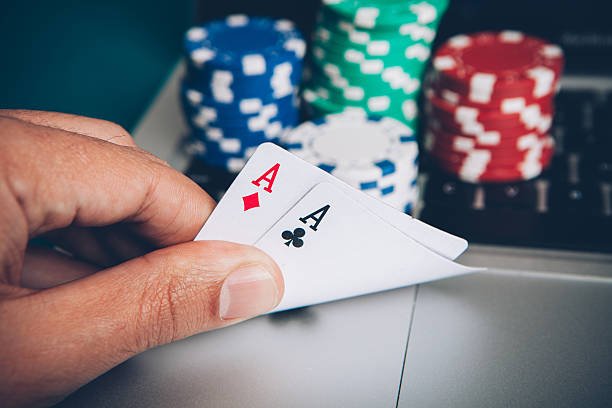Teen Patti is a popular card game in India, also known as flush or three-card poker. It is a game of chance that requires skill and strategy, but also involves psychological factors that influence the way players behave and make decisions. We will explore the psychology of Teen Patti and how it affects players.
- Risk-taking behavior: Teen Patti is a high-stakes game, and players who are risk-takers are more likely to enjoy playing it. Risk-taking behavior is influenced by various factors such as personality traits, past experiences, and the social context of the game. Players who enjoy the thrill of taking risks may be more likely to make bold moves, such as betting high amounts of money or bluffing, in order to win.
- Cognitive biases: Cognitive biases are mental shortcuts that our brains take to make decisions quickly. These biases can influence the way we perceive information and make decisions in Teen Patti. For example, players may fall prey to the “gambler’s fallacy,” which is the belief that a certain outcome is more likely to occur because it has not occurred in a while. This can lead players to make irrational decisions based on their assumptions.
- Emotions: Emotions such as excitement, anxiety, and frustration can play a significant role in Teen Patti. Players may experience a rush of adrenaline when they win a hand, or feel disappointed or angry when they lose. Emotions can influence the way players make decisions and may even lead to irrational behavior. For example, a player who is angry or frustrated may be more likely to make impulsive bets or take unnecessary risks.
- Social context: Teen Patti is often played in a social setting, such as at family gatherings or with friends. The social context can influence the way players behave and make decisions. For example, players may feel pressure to conform to social norms or expectations, such as not betting too high or not bluffing too often. Social dynamics such as power, status, and hierarchy can also come into play during the game.
- Perception of luck: Teen Patti is a game of chance, and players may have different beliefs about luck and how it affects the game. Some players may believe that luck plays a significant role in the outcome of the game, while others may believe that skill and strategy are more important. These beliefs can influence the way players approach the game and make decisions.
- The illusion of control: In Teen Patti, players may feel that they have some control over the outcome of the game, even though much of it is based on chance. This illusion of control can lead to players making irrational decisions, such as continuing to bet despite a losing streak.
- Groupthink: When playing in a group, players may feel pressure to conform to the group’s decisions, even if they disagree. This can lead to groupthink, where players make decisions that are not based on their own judgment but on what they perceive as the group’s consensus.
- Overconfidence bias: Some players may be overconfident in their abilities, leading them to take greater risks and make bigger bets than they should. This can result in significant losses, particularly if the player overestimates their skills or underestimates the luck factor.
- Superstitions: Some players may hold onto superstitions or lucky rituals that they believe will increase their chances of winning. For example, a player may only bet on certain days or wear a specific piece of clothing. While these beliefs may have no impact on the game’s outcome, they can influence a player’s decisions and level of confidence.
- Framing effect: The way a decision or situation is framed can influence a player’s perception of risk and reward. For example, a player may be more willing to bet if they believe they are playing with “house money” (winnings from previous rounds), or less willing to bet if they perceive the current round as a “must-win” situation.
- Loss aversion: Players may be more averse to losing than they are motivated by the potential for gain. This can lead to risk-averse behavior, such as folding or making small bets, even if there is a greater chance of winning with a larger bet.
- Anchoring bias: When making decisions, players may be influenced by initial information or numbers that are presented to them. For example, if a player starts with a large bet, they may be more likely to make subsequent bets of a similar size, even if the hand does not warrant it.
In conclusion, Online Poker India is not just a game of cards, but also a game of psychology. The way players behave and make decisions is influenced by various psychological factors such as risk-taking behavior, cognitive biases, emotions, social context, and perception of luck. Understanding these factors can help players become more aware of their own behavior and make better decisions during the game.





